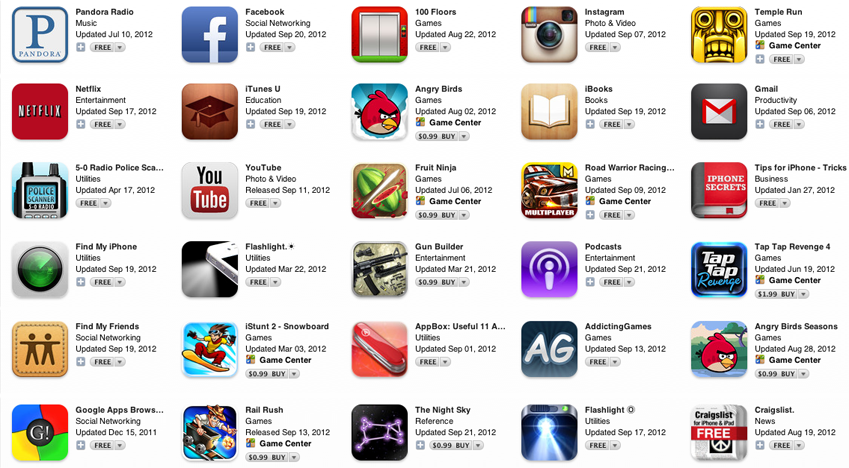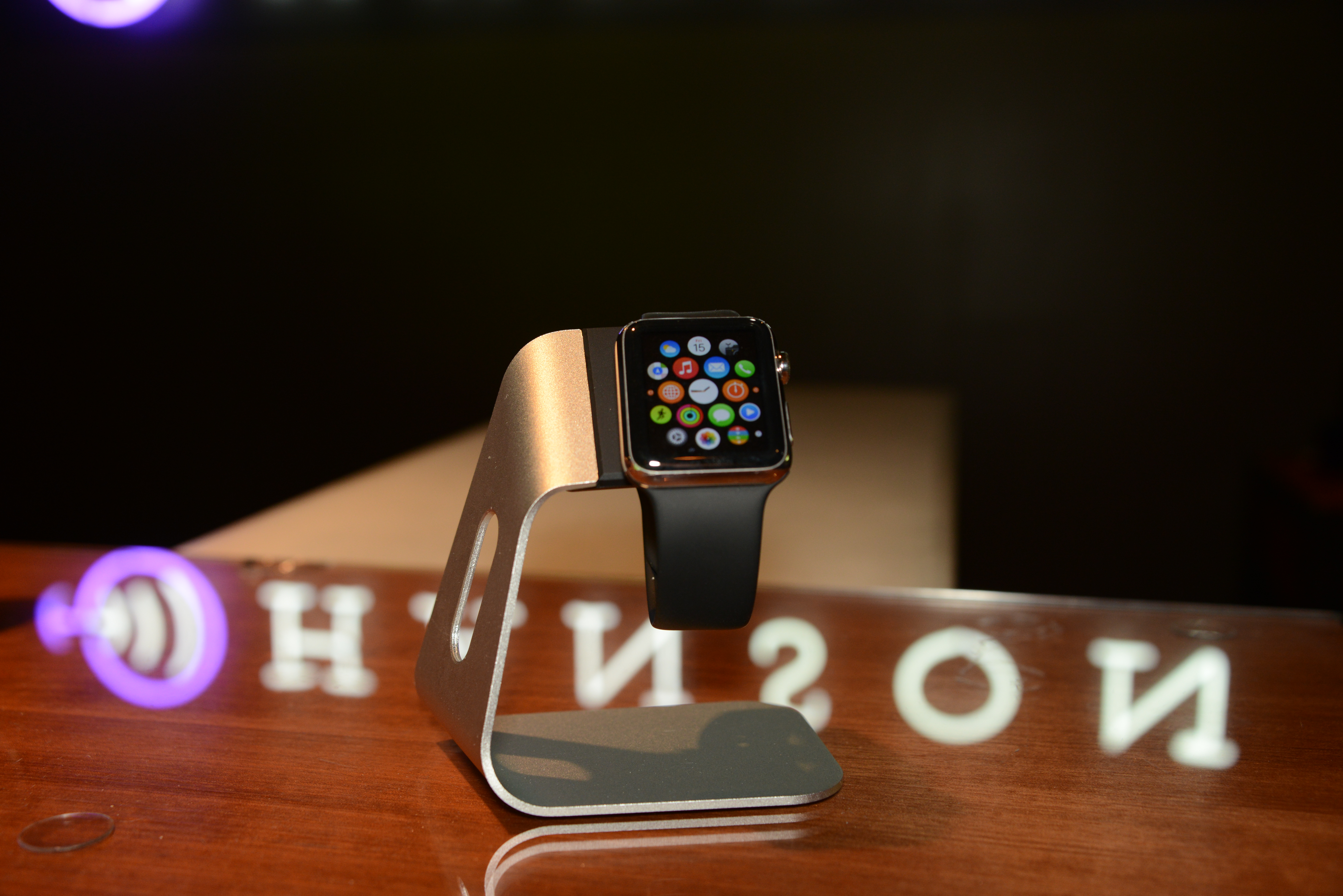The Internet Explorer Saga
This post is rated ‘N’ for Nerdy.
I’m sometimes asked, “Dave, why do web developers hate Internet Explorer?” It’s true that IE is sometimes the bane of our existence, and always the butt of our jokes. But the history of Microsoft’s browser is a Darth Vader-esque tale of hope, betrayal, and redemption.
The Browser Wars
A long, long time ago (well, maybe not that long), the web was a wilderness, with few standards and many companies battling for control. Eventually, two browsers, Netscape Navigator (the Galactic Empire of the early internet) and Microsoft Internet Explorer (the innovative rebel), came to dominate.
Both sides had different ideas about how things should work on the web, and every browser version they released introduced more new and incompatible features. This turbulent period came to be known as the “browser wars.”
Microsoft, master of the desktop, used the predominance of Windows to gain market share. To many, the big blue “E” simply was the internet. And Internet Explorer 6 was undoubtedly the better browser. It had the newest features, the better user interface, and the support of developers.
Seeing the writing on the wall, in 2001 Netscape surrendered. Developers breathed a sigh of relief.
Sadly, the peace would not last.
Not the Browser You’re Looking For
In the absence of competition, the plucky Internet Explorer rebels became a sprawling and less-than-benevolent empire. Many of the new features Microsoft touted were buggy or incomplete. Devs traded “hacks” necessary to make the browser behave.
A feature called ActiveX gave IE access to a user’s Windows account and file system. This made it easy to develop on top of existing Windows domains, but such deep ties created security holes. Loading a malicious web site could crash the browser, download a virus, or spawn endless popups.
Microsoft rushed to fix security holes but announced it would stop developing new features until the next version of Windows. Since most web users were now citizens of the empire, the net was effectively frozen in time.
A New Hope
On the far fringes of the internet, innovation quietly continued. A non-profit group called the Mozilla Foundation rose from the ashes of Netscape. In 2002, Mozilla released its first fledgling browser, christened “Phoenix.” Phoenix later became Firebird, and then, as it gained strength, Firefox.
The long-awaited Firefox fixed the bugs and shortcomings of Internet Explorer. And it delivered badly-needed innovations; the interface was better, and security problems nearly non-existent.
Even faced with such a threat, Microsoft did not update Internet Explorer until 2006. IE 7 offered some improvements, but behind the cloak, it was much of the same old IE 6 code.
By then the new rebellion had crystallized. Developers were building sites in Firefox (the “good browser”), and laboriously patching them to work in Internet Explorer, a process which continues today. They were also trying new browsers like Safari (released in 2003) and Chrome (2008).
These new factions reduced IE’s market share, but even as late as October 2013 it still held over 50% of the desktop PC market. Many IE users have outdated browser versions, either because they don’t know how to upgrade, or because they are prevented from doing so by IT departments at large companies, whose legacy sites rely on ActiveX or older IE quirks.
The Empire Strikes Back (in a Good Way)
Now after years of ignoring, then fighting, the web community, Microsoft has finally come back from the dark side. Since version 9 they’ve been retiring proprietary features and replacing them with open standards. The IE team has a sense of humor about their browser’s turbulent history. Microsoft’s Internet Explorer 6 Countdown site declares “Death to IE 6!” and the “Browser You Loved to Hate” Tumblr pokes fun at the IE of old while promoting the new and improved version with infographics and Vine videos.
As we reach Internet Explorer 11, order seems to be returning to the universe. IE is fast and the interface is intuitive (though the Windows 8 styling is not for everyone). Once again we can envision a future full of harmony and cooperation on the web, but we’re not there yet. 15 years after United States v. Microsoft Corp, IE is still too tied to Windows. Some of IE’s best new features (like pinned live tiles) don’t work unless IE is your default browser. The update cycle is still too slow. Both Chrome and Firefox release new features every six weeks; a company the size of Microsoft should be able to keep up. Worse, major IE upgrades are still part of Windows Update, meaning system administrators can block them. This kind of foot-dragging will only prolong the cycle of bad applications and old browsers. As Yoda might say, “If browsing happiness you seek, let go of the past, you must.”
Once again, peace is poised to return to the galaxy. Our favorite villain has belatedly become a hero. Remnants of the dark side still exist, but there’s plenty you can do to help the cause. If you’re using a home computer, investigate other browsers (BrowseHappy.com is a good resource to help you choose); if you choose Internet Explorer, make sure you’re using the newest version. If you can’t upgrade at work, find out if your IT department is open to you installing a second browser.
By staying up-to-date you’ll have a better experience on the web, and you’ll help keep the Browser Wars from flaring up again.





